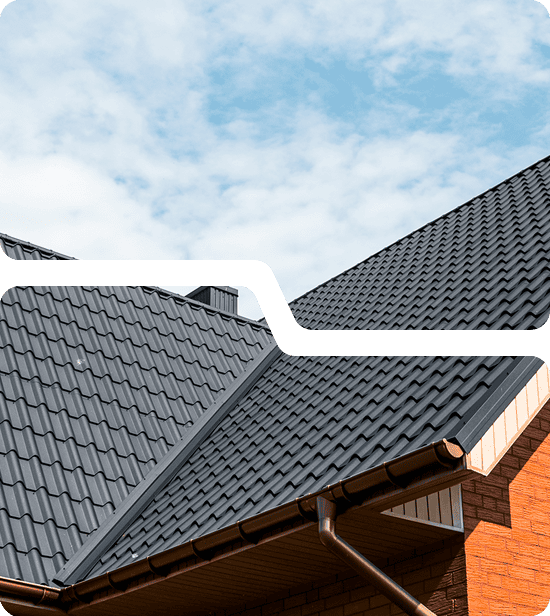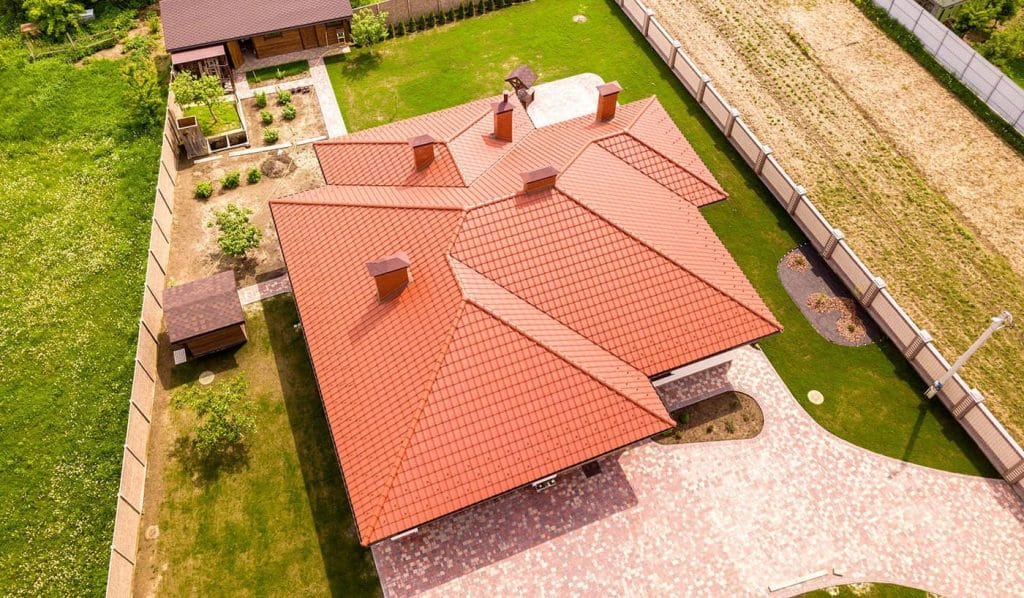Preparing a home for a roof installation in Central Florida requires careful planning and consideration. It is important to take the necessary steps prior to beginning any type of roofing project, as failure to do so may result in costly repairs or delayed completion dates. This article will provide an overview of how to properly prepare a home for a roof installation in Central Florida.
The preparation process begins with doing research on local building codes and regulations pertaining to roof installations. Familiarizing oneself with these rules ensures that all applicable standards are met during the course of the project. Furthermore, it is essential to evaluate the existing condition of the area where the new roof will be installed. If there is extensive damage present, repairs should be made before work can begin. Additionally, one must discuss their desired materials, style and budget with an experienced contractor who specializes in this particular service.
Overview Of Process And Timeline
Installing a roof in Central Florida requires careful preparation to ensure the project is completed safely and efficiently. The process typically begins with obtaining permits from local authorities, followed by scheduling an inspection of the existing roof structure to determine its condition before work can begin. Once this initial step has been taken care of, it is important to properly prepare your home for installation.
Before beginning any manual labor on the project, homeowners should take steps to protect their property from potential damage during the construction process. This includes covering furniture and belongings with dust sheets, as well as removing valuables or breakable items that could be damaged when installing new shingles or tiles. Additionally, if there are any trees near the house that may interfere with the workers’ progress, trimming them back will help minimize disruption and make sure no branches fall onto the roof during installation. After these preparations have been made and all materials have arrived on site, installers can get started with putting up scaffolding around your home and then begin replacing old materials such as flashing or underlayment while taking special precautions not to create leaks or other issues later on in the process.
Once scaffolding and insulation materials are set up correctly, installers can start laying down new material such as asphalt shingles or clay tiles. The timeline for completing a full roof replacement depends heavily on factors like weather conditions and how quickly workers move through each stage of installation; however, most projects usually wrap up within one week’s time frame assuming everything goes according to plan.
Site Preparation
Prior to the installation of a new roof in Central Florida, homeowners should prepare their homes and sites for this process. This includes taking certain preventive measures such as trimming back trees from the area around the home, removing debris or items that could interfere with safe access to the roof, and ensuring there is ample space onsite for workers and materials. Additionally, it is important to ensure all obstructions to safe movement are removed prior to beginning any work.
In order to prevent potential damage due to inclement weather during the project, homeowners should also take precautions by covering outdoor furniture and plants as well as protecting windows and doors with plastic sheeting. Furthermore, if needed they can install temporary fencing around the perimeter of their property line. All of these safety measures will help protect both your family and possessions while contractors perform their duties throughout the duration of the roof installation process.
Materials & Tools Needed
Before installing a new roof in Central Florida, certain materials and tools are needed. One of the most important items is a ladder that meets OSHA standards. The ladder should be tall enough to reach the highest point on the roof and must have non-slip steps and safety rails. Other necessary supplies include tarps, nails, shingles, power saws, hammers, shovels, pry bars, staple guns, gloves, protective eyewear for workers and any other special items recommended by the manufacturer.
In addition to these essential tools and materials, it is also important to check with local building codes regarding what type of roofing material may be used in your area as well as proper installation techniques. It is also wise to consult with an experienced professional if you need help understanding or complying with regulations.
Safety Considerations
When preparing for a roof installation in Central Florida, safety considerations must be taken into account. The first step to ensure safety is to clear the surrounding area of any debris or objects that could potentially cause harm during the installation process. This includes furniture, trinkets, and other items located on patios and balconies beneath where work will be done. Additionally, it is important to secure pets inside the home so they do not interfere with workers while they are up on the roof.
It is also vital that workers wear appropriate personal protective equipment (PPE). Examples of PPE include long pants, closed-toe shoes, hard hats, gloves, dust masks and goggles when necessary. Furthermore, homeowners should avoid going outside while work is being performed; if they need to leave their property, they should alert the contractors beforehand. Roofing projects can often generate large amounts of noise and dust which may disturb neighbors or passersby; thus, keeping all parties informed about construction plans can help mitigate this issue.
Removal Of Existing Roof
Removing an existing roof is a necessary step in the installation of a new one. It is essential to ensure that all materials from the old roof are properly disposed of, and that the area is clean before any work can begin on the new roof. Before removal begins, it is important to inspect the existing roof for damage or wear. If there is evidence of storm damage, then repairs must be made prior to removing any material.
The next steps include covering exposed areas with a tarpaulin to protect them during removal and disposal. All debris should be removed carefully and placed into containers for easy transport away from the property. Any nails left behind should also be collected and discarded safely as they may cause injury if stepped on. Once these tasks have been completed, your home will be ready for the installation process to begin.
Installing A New Roof
Once the existing roof has been removed, it is essential to properly prepare for the installation of a new roof in Central Florida. This includes ensuring that all relevant safety measures are taken. Additionally, steps must be taken to ensure that the area around the property is protected and ready for construction.
First, appropriate fall protection systems should be installed prior to any work being done on the roof. These systems include guardrails, personal fall arrest systems and warning lines. Next, an access plan should be created to avoid potential damage or injury during the course of the project. The plan should also account for materials delivery and disposal of debris after completion of the job.
Furthermore, if necessary due to weather conditions or other factors, temporary protective covering can be used while working on the roof as well as after its completion until permanent shingles are installed. Lastly, proper ventilation holes need to be cut into both sides of each rafter so fresh air can circulate between them and help keep temperatures regulated throughout different seasons.
Final Inspections And Cleanup
Once the roof installation process is completed, a proper inspection must be conducted. This includes checking to ensure that all shingles are properly aligned and fastened down. Any loose boards or nails should also be tightened if necessary. Gutters should be checked for any blockages or damage as well. The entire area around the property should also be inspected for debris left over from the installation process.
After the final inspections are complete, it is important to clean up the area surrounding the roof installation site. All tools and materials used during construction should be removed and disposed of appropriately in order to prevent any potential hazards on the property. Lastly, all hazardous waste such as insulation, felt paper, sealants, and other substances should also be safely discarded according to local regulations.


















